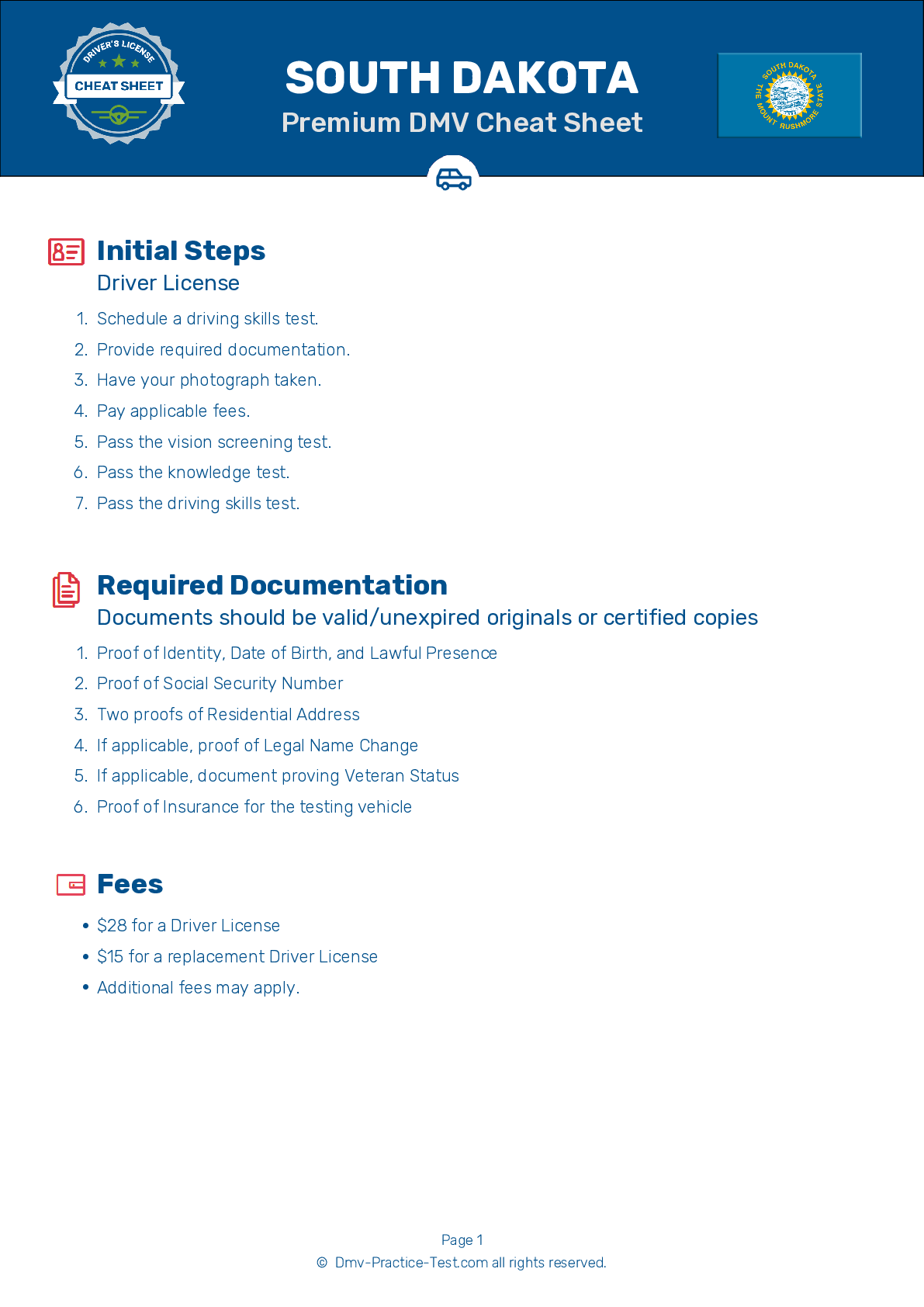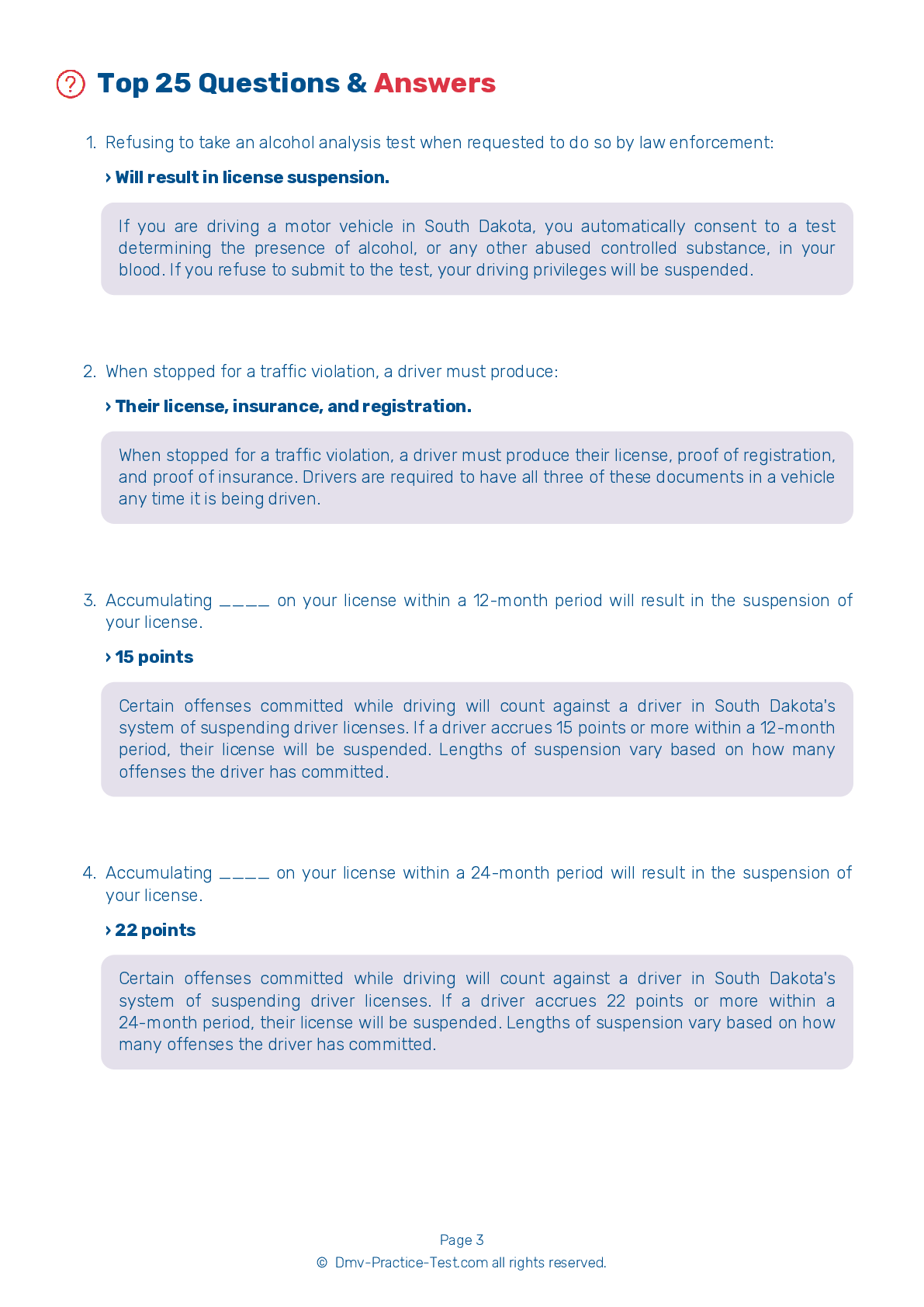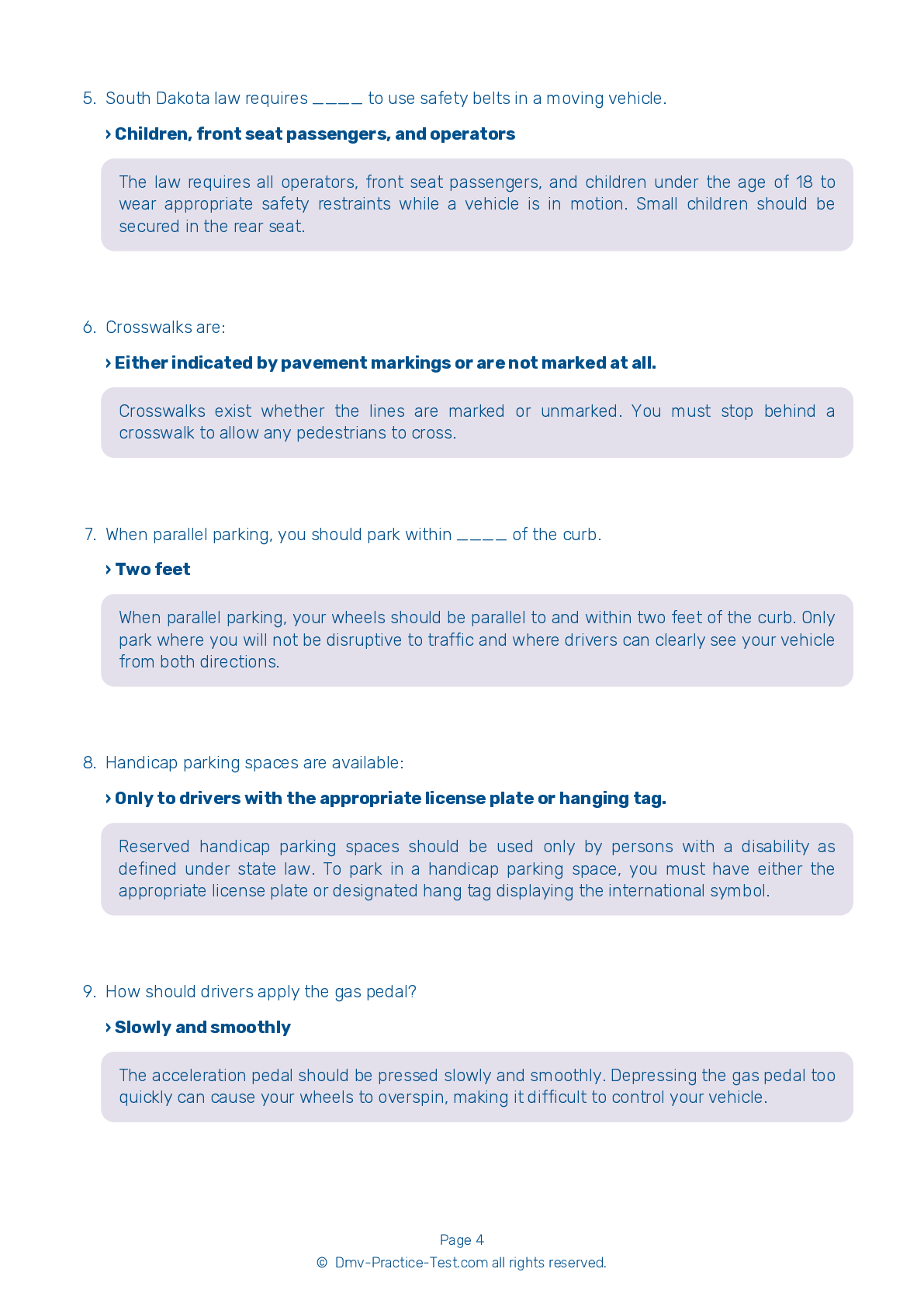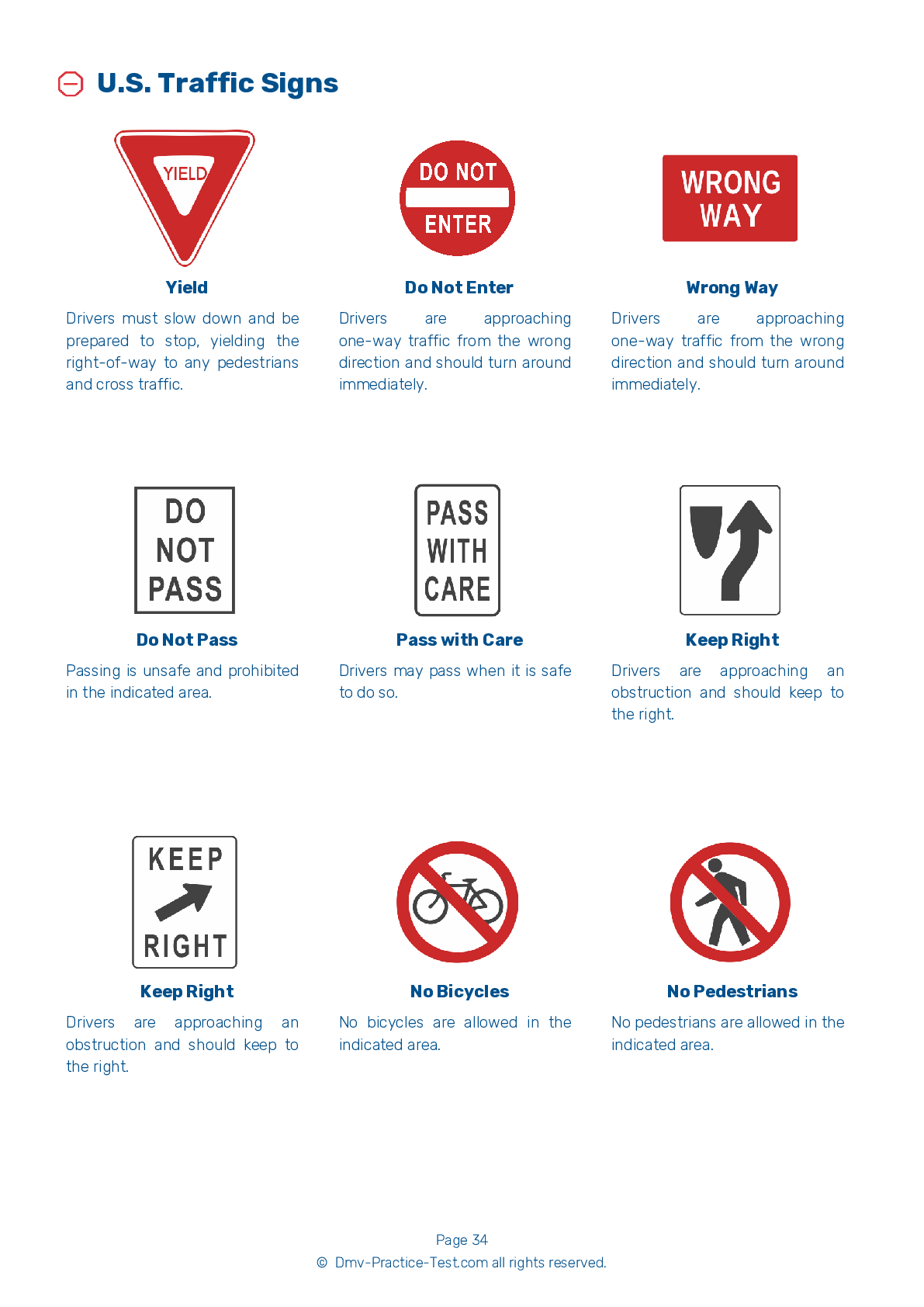FREE South Dakota DMV Practice Test #24
The DMV practise exams in South Dakota have been updated for January 2026. It comprises questions based on the most important traffic signals and laws for 2026 from the South Dakota Driver Handbook. To study for the DMV driving permit test and driver's licence exam, use actual questions that are very similar (often identical!) to the DMV driving permit test and driver's licence exam.
Each question on the practise exam has a tip and explanation to help you recall the ideas. Questions about traffic rules, traffic signs, and driving statutes, as well as knowledge from the Driver Handbook, will be included in the written portion of the official South Dakota DMV test.
You must properly answer 20 of the 25 questions to receive a passing mark. Use the South Dakota Department of Motor Vehicles' practise exam to help you prepare for your instruction permit or driver's licence.
The DMV exam is offered in a variety of languages.
Using any form of testing help will result in an automatic fail, and the DMV may take further action against your driver's licence, so avoid it.
1 . Which of the following is not a safe driving practice when driving on the interstate?
You should always signal when moving your vehicle to the right or left. On an interstate, you should stay in the right lane if you are moving more slowly than the surrounding traffic. It is illegal to back up or make a U-turn on interstate highways, so if you miss your exit, you should proceed to the next exit.
2 . When driving in fog, rain, or snow, use:
Low beam headlights should be used in fog, rain, and snow. The light from high beams will reflect back to the driver under these weather conditions, causing a glare that will make it difficult to see ahead.
3 . You must show proof of insurance to law enforcement:
You must have evidence of financial responsibility, such as proof of insurance, with you whenever you drive. You must always show proof of insurance and your license to an officer upon request after a traffic stop or collision.
4 . You have stopped for a train at a railroad crossing. After the train passes, you should:
Even after a train passes, watch out for a second train approaching on any track. Do not proceed until all gates have been lifted and all warning signals have stopped flashing.
5 . If your wheels drop off the roadway or pavement edge, you should:
If your wheels drop off the roadway or pavement edge, do not attempt to turn back onto the roadway immediately. Instead, reduce your speed, check traffic, and gradually turn back onto the roadway when it is safe to do so.
6 . This sign means:
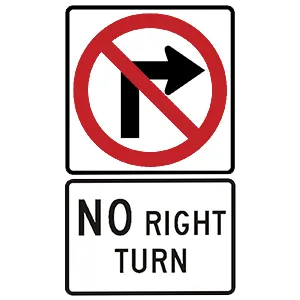
Where this sign is posted, it is prohibited to make a right turn. It would be unsafe and unlawful to make a right turn at an intersection with this sign.
7 . If you see orange construction signs and cones on a freeway, you must:
As you enter a work zone, signs and message boards will warn you of workers, slow-moving equipment, and/or closed lanes ahead. You should reduce your speed and be prepared to slow down or stop.
8 . You enter a designated turn lane to make a left turn at an upcoming intersection. There is oncoming traffic. You should:
When making a left turn, you should always begin signaling about 100 feet before the turn. You should keep your front wheels aiming straight ahead until it is safe to start your turn. This ensures that you will not be pushed into oncoming traffic if another vehicle hits you from behind.
See the exact questions that will be on the 2026 South Dakota DMV exam.
99.2% of people who use the cheat sheet pass the FIRST TIME
LT gives us an insight on how the cheat sheet provided her with all the study questions she needed before taking her test.
Joe initially studied with the handbook and failed his test, he eventually found us online, studied and pass his test the first time around.
